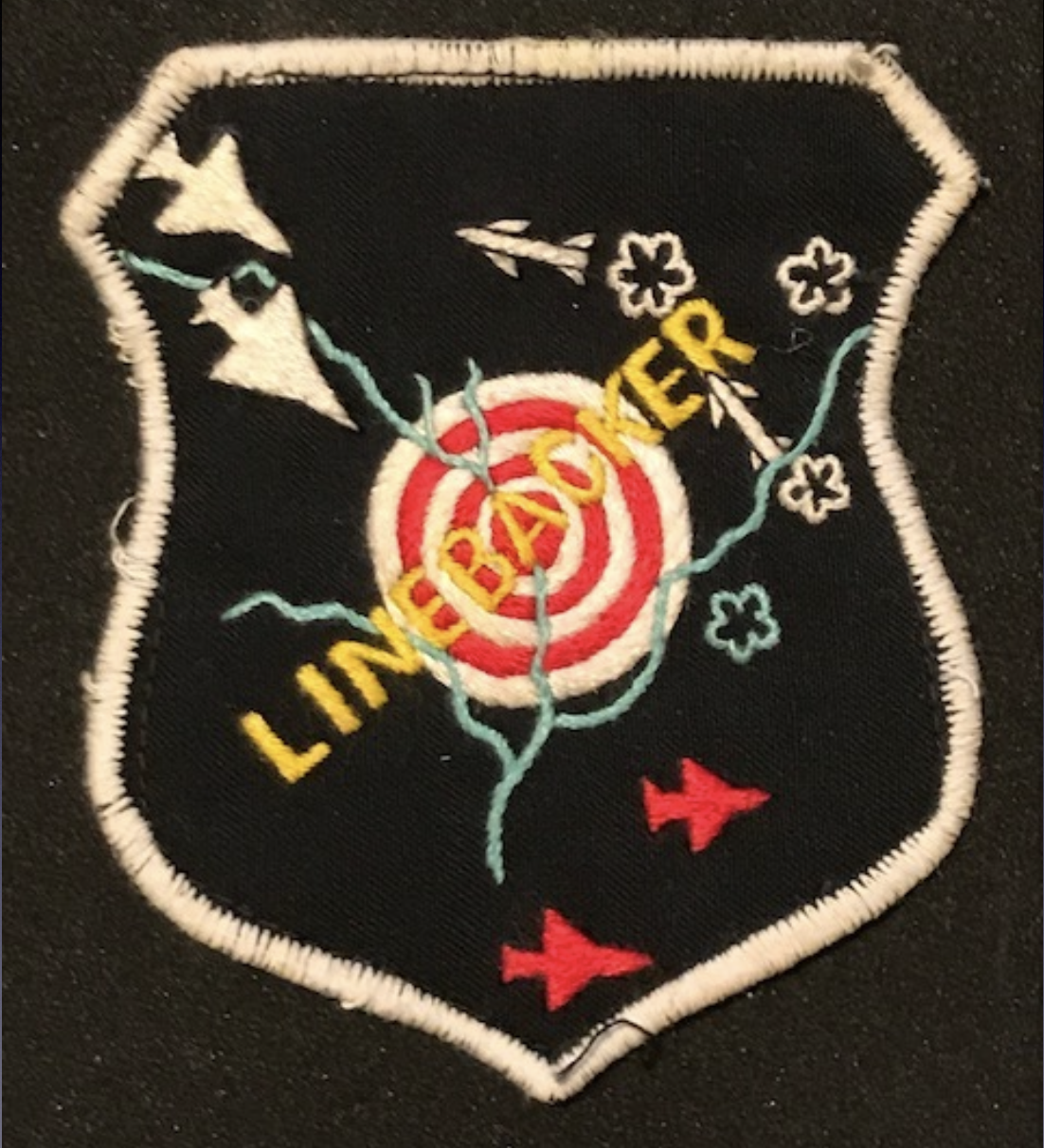RFT 589: Operation Linebacker
From Wikipedia:
Operation Linebacker, the code name for the new interdiction campaign, would have four objectives: to isolate North Vietnam from its sources of supply by destroying railroad bridges and rolling stock in and around Hanoi and north-eastwards toward the Chinese frontier; the targeting of primary storage areas and marshalling yards; to destroy storage and transshipment points and to eliminate (or at least damage) the North's air defense system. With nearly 85 percent of North Vietnam's imports (which arrived by sea) blocked by Pocket Money, the administration and the Pentagon believed that this would cut its final lines of communication with its socialist allies. China alone shipped an average of 22,000 tons of supplies a month over two rail lines and eight major roads that linked it with North Vietnam.
On 10 May Operation Linebacker began with mass bombing operations against North Vietnam by tactical fighter aircraft of the Seventh Air Force and Task Force 77. Their targets included the railroad switching yards at Yên Viên and the Paul Doumer Bridge, on the northern outskirts of Hanoi. A total of 414 sorties were flown on the first day of the operation, 120 by the Air Force and 294 by the Navy and they encountered the heaviest single day of air-to-air combat during the Vietnam War, with 11 VPAF MiGs (four MiG-21s and seven MiG-17s) and two Air Force F-4s shot down.[45] Anti-aircraft artillery and over 100 surface-to-air missile firings also brought down two U.S. Navy aircraft (one of which was flown by aces Duke Cunningham and William P. Driscoll).
By the end of the month, American aircraft had destroyed 13 bridges along the rail lines running from Hanoi to the Chinese border. Another four were destroyed between the capital and Haiphong, including the notorious Thanh Hóa Bridge. Several more bridges were brought down along the rail line leading to the south toward the DMZ. Targets were then switched to petroleum and oil storage and transportation networks and North Vietnamese airfields. There was an immediate impact on the battlefield in South Vietnam. Shelling by PAVN artillery dropped off by one-half between 9 May and 1 June. This slowdown was not due to an immediate shortage of artillery shells but rather to a desire to conserve ammunition. U.S. intelligence analysts believed that PAVN had enough stockpiled supplies to sustain their campaigns throughout the autumn.
The intensity of the bombing campaign was reflected by the sharp increase in the number of strike and support sorties flown in Southeast Asia as a whole: from 4,237 for all services, including the RVNAF, during the month preceding the invasion, to 27,745 flown in support of ARVN forces from the beginning of April to the end of June (20,506 of them flown by the Air Force). B-52s provided an additional 1,000 sorties during the same period. The North was feeling the pressure, admitting in the official PAVN history that "between May and June only 30 percent of supplies called for in our plan actually reached the front-line units." In total, 41,653 Linebacker missions dropped 155,548 tons of bombs.
In addition to interdicting the road and rail system of North Vietnam, Linebacker also systematically attacked its air defense system. The VPAF, with approximately 200 interceptors, strongly contested these attacks throughout the campaign. Navy pilots, employing a mutually supporting "loose deuce" tactical formation and many with TOPGUN training, enjoyed a kill ratio of 6:1 in their favor in May and June, such that after that the VPAF rarely engaged them thereafter. In contrast, the Air Force experienced a 1:1 kill ratio through the first two months of the campaign, as seven of its eventual 24 Linebacker air-to-air losses occurred without any corresponding VPAF loss in a twelve-day period between 24 June and 5 July. Air Force pilots were hampered by use of the outdated "fluid four" tactical formations (a four-plane, two element formation in which only the leader did the shooting and in which the outside wingmen were vulnerable) dictated by service doctrine. Also contributing to the parity was a lack of air combat training against dissimilar aircraft, a deficient early warning system, and ECM pod formations that mandated strict adherence to formation flying. During August the introduction of real-time early warning systems, increased aircrew combat experience and degraded VPAF ground control interception capabilities reversed the trend to a more favorable 4:1 kill ratio.
Linebacker saw several other "firsts". On the opening day of the operation, Navy Lieutenant Duke Cunningham and his radar intercept officer, Lieutenant (j.g.) William P. Driscoll became the first U.S. air aces of the Vietnam War when they shot down their fifth MiG. On 28 August, the Air Force gained its first ace when Captain Richard S. Ritchie downed his fifth enemy aircraft. Twelve days later, Captain Charles B. DeBellevue (who had been Ritchie's backseater during four of his five victories) downed two more MiGs, bringing his total to six. On 13 October another weapons officer, Captain Jeffrey S. Feinstein, was credited with his fifth MiG, making him the final Air Force ace
